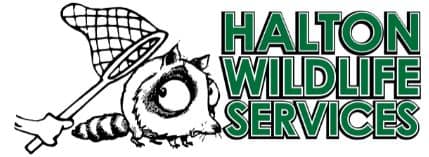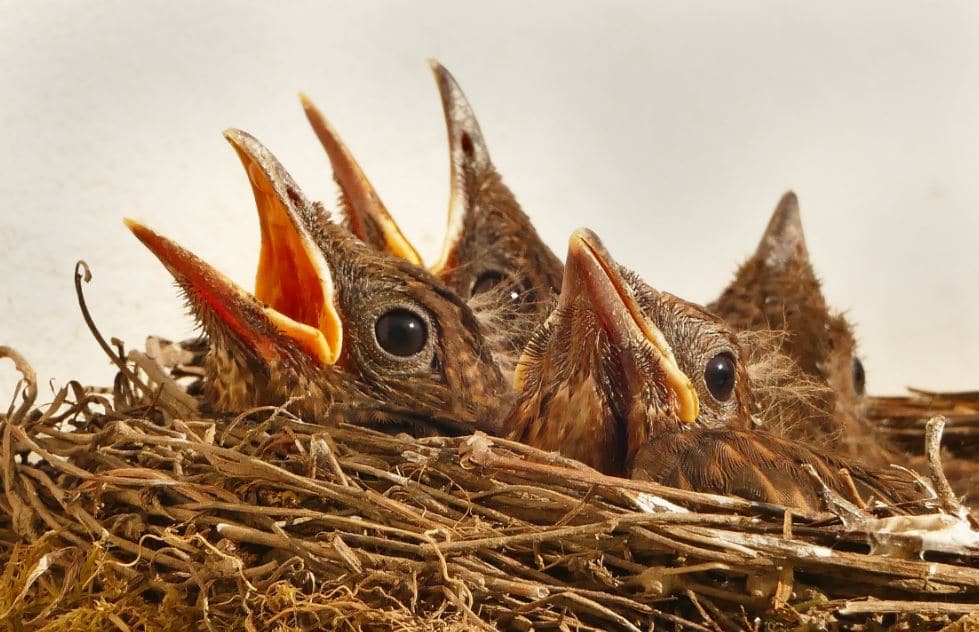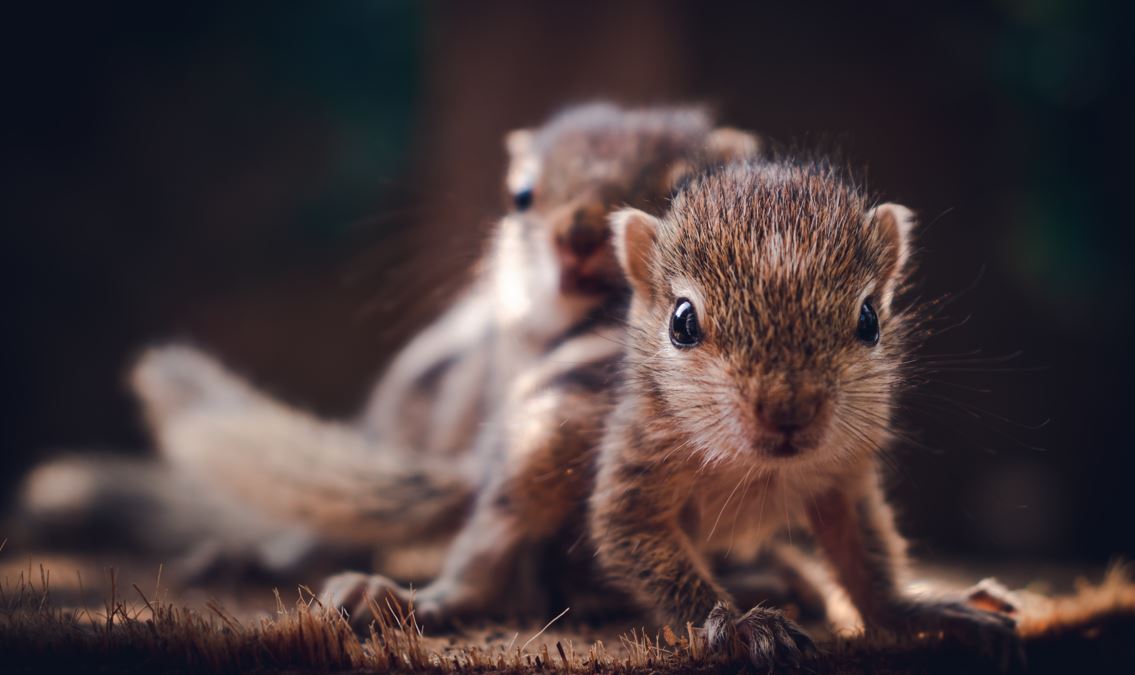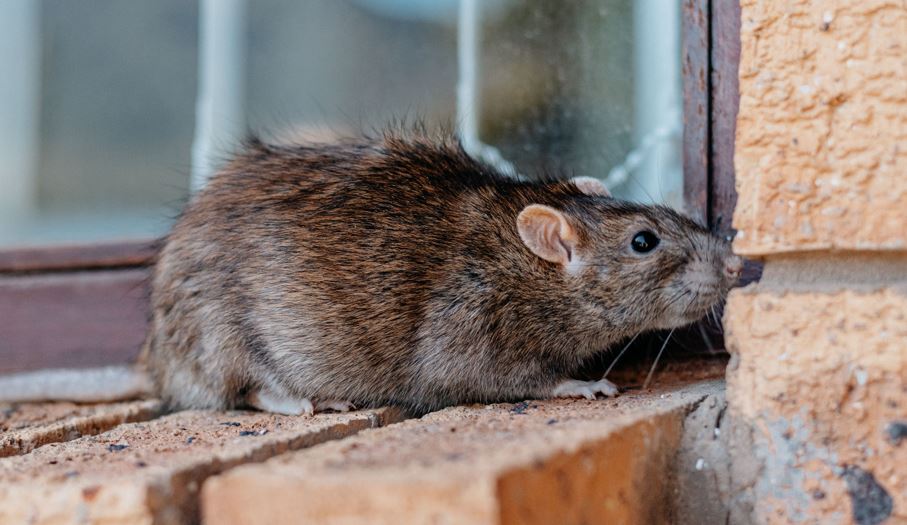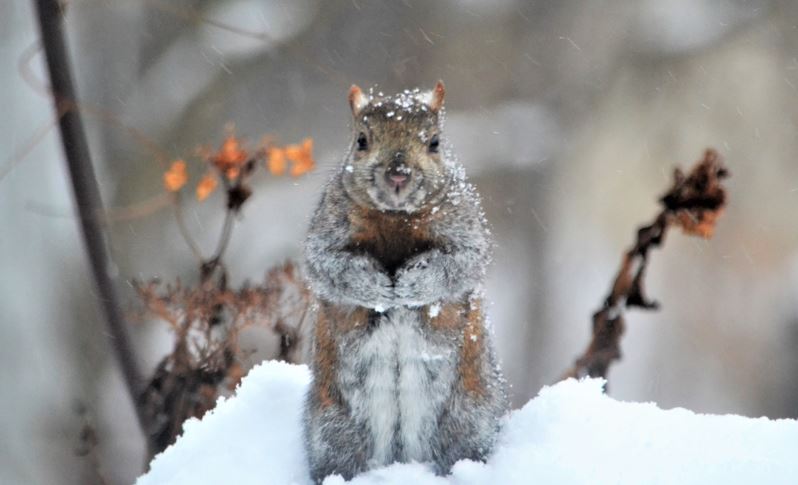As the warm weather of spring approaches, so does bird nesting season. Unfortunately, one of the more common places for birds to build their nests is in the vents of your home! From dryer vents to fan vents, no small vent space is safe from a bird looking for a safe, warm and comfortable place to nest. This might not seem like that big of a problem, but birds in your vents is a problem you want to solve immediately!
Why do Birds Build Nests in Vents?
Vent openings present a very comfortable place for birds to build their nests. Vents are usually high off the ground and therefore safe from predators, they are often dark and warm and they can be very difficult for humans to get into in order to remove the nest. These factors make your vents a very appealing place to nest.
Signs of a Bird Nesting in a Vent
If you have birds nesting in your vents you will likely be alerted by sounds like scratching and chirping. The smell of their excrement is often a good sign as well. If birds have gotten into your vents and were unable to escape you might notice the smell of decomposing animal too.
Dangers of Birds in Vents
Health concerns – Birds nesting in vents have a bad habit of leaving their droppings in the vents which can mean not only bad smells moving into your home, but also the potential for health concerns.
Fire Hazard – Since bird nests are often made out of grass, leaves and twigs they naturally present a fire hazard, especially when material builds up and doesn’t allow for proper air flow from dryers and fans. When these vents are blocked appliances and fan motors can overheat and run the risk of catching fire.
Bird Mites – Birds are often host to tiny bugs called mites. When nesting in vents they can bring these bugs into your home, which can result in irritating and uncomfortable bites.
How to remove bird nests from your vents
Step 1: If you find a bird nest in your vents in early spring you might have found it before the bird has become too invested but as spring moves on there is a good chance there are babies in the nest. Knowing what kind of bird has built a nest can also help you determine the best way to remove it without it getting hostile and defensive.
Step 2: Once you’ve figured out whether there are babies in the nest and what kind of bird you are dealing with, you can take a closer look at how much debris and nesting materials need to be removed, and whether there are any obstructions in your path.
Step 3: Now that you know the size of the job ahead of you, wait for the bird to leave their nest and it’s time to get to work! Use a tool called a ‘fish’ to make the removal process easier. This step needs to be taken with caution because it is often performed while standing on a ladder, and returning birds can be aggressive.
Step 4: Once the vent is clear of all debris you must disinfect the area to ensure all mites are killed before they get a chance to enter your home looking for a new host. It is often recommended to hire a professional pest removal service especially for this step since you have to ensure it is done correctly.
Step 5: Install vent covers to prevent birds from trying to build their nests there again.
Prevention is Key
When it comes to dealing with animals in your home, taking steps to prevent them from getting comfortable is usually the best option. Having to deal with nest removal can be difficult, and you may find yourself wanting to hire a professional so they can remove the animal completely from the beginning!
